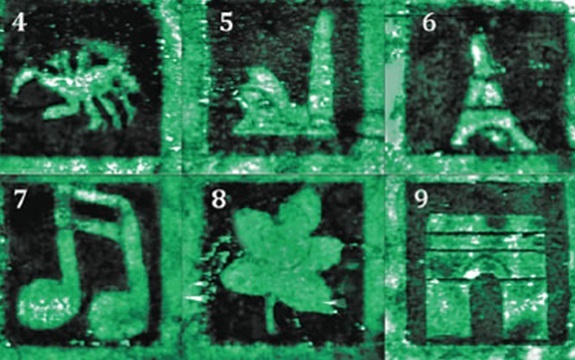7 July 2016
With global data generation increasing by almost 50 per cent each year, Swinburne researchers are at the forefront of the lucrative race to devise more efficient information storage systems.
Light has been used to store information by ‘burning’ it into the surface of a disc since the 1970s, but work by the Swinburne University of Technology’s Dr James Chon and colleagues is taking it to new levels and exponentially extending its capacity.
By adding a layer of gold nanorods, less than 100 nanometres long or about the size of a virus, up to 100 different layers of information can be encoded on the disc.
The sensitivity of the nanorods enables variations in light frequency and polarisation to be combined with light absorption for what they call multi-dimensional storage. “We predict that using this method it will be possible to store more than one terabyte per disc,” says Chon. That is nearly 10 times the capacity of today’s commercially available discs.
Critically, the new method, called Detuned Surface Plasmon Polarization Readout, enables light to penetrate much further into the material than conventional optical storage methods. This means much deeper layers of information can be recorded and read using existing optical storage devices such as Blu-ray.
Although the concept was demonstrated by Chon and his colleagues in 2009 and published in Nature, the technology, which included bulky pulsed lasers, wasn’t commercially viable. In 2014, the Swinburne team showed that recording and readout could be done using a cheap, continuous laser, compatible with existing optical drives.
At this stage, creating the discs on a commercial scale remains a challenge and Chon is collaborating with nanofabrication expert, Professor Jun Taniguchi, at the Tokyo University of Science to improve the speed and efficiency of the nanorod production,
“This will enable commercial companies to adopt these fabrication techniques and put them to use,” says Chon.
The business case is persuasive: it costs up to $60 to purchase a one terabyte hard drive for use in current external storage devices but the five-dimensional optical storage disc that Chon is proposing would cost less than a dollar per disc. It would also be more sustainable to store discs for long periods as they don’t require the energy needed to maintain hard disc drives. And the material would not decay like other storage techniques (see breakout).
Archival information storage is the immediate focus of Chon’s ambitions for the technology, but in the near future he hopes it can also be used in more general applications, such as in rewritable storage devices for the home.















